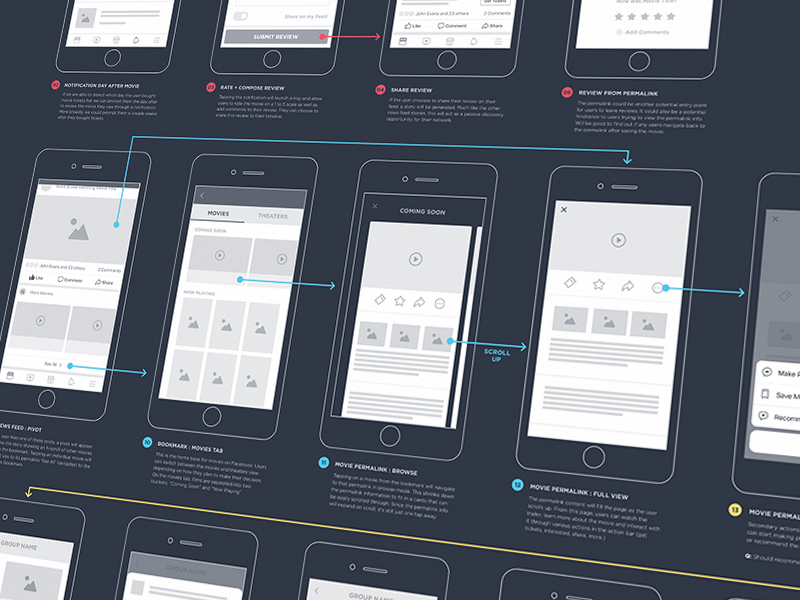More and more companies are starting to pay attention to User Experience (UX), realizing the impact it can have on their long-term commercial success. The term UX refers to all aspects of end-user interaction with the organization, its products and services. It is a collection of all human sensations during these interactions.
Remember how your mother judged the quality of grocery depending on the seller? A good UX encompasses the same principle – you must ensure quality interaction between your website and the visitor. This makes a good UX experience the fundamental marker of your digital marketing’s success. Inspite of this, good UX experience rarely gets its share of attention and budget.
The Value of the User Experience in Digital Marketing
A good user experience is indispensable and extremely crucial to the performance of a website and mobile application. A satisfied visitor who had a pleasant user experience is more likely to convert and, better yet, to become faithful. That is why UX is central to developing an efficient marketing strategy.
When we say that a visitor had a good UX, it simply means that his needs as a user were anticipated and understood; and that every possible means was in place to respond to it as effectively as possible. UX Design, or the creation of user experience, has thus become a discipline in its own right, involving both technical knowledge and a robust understanding of user psychology.
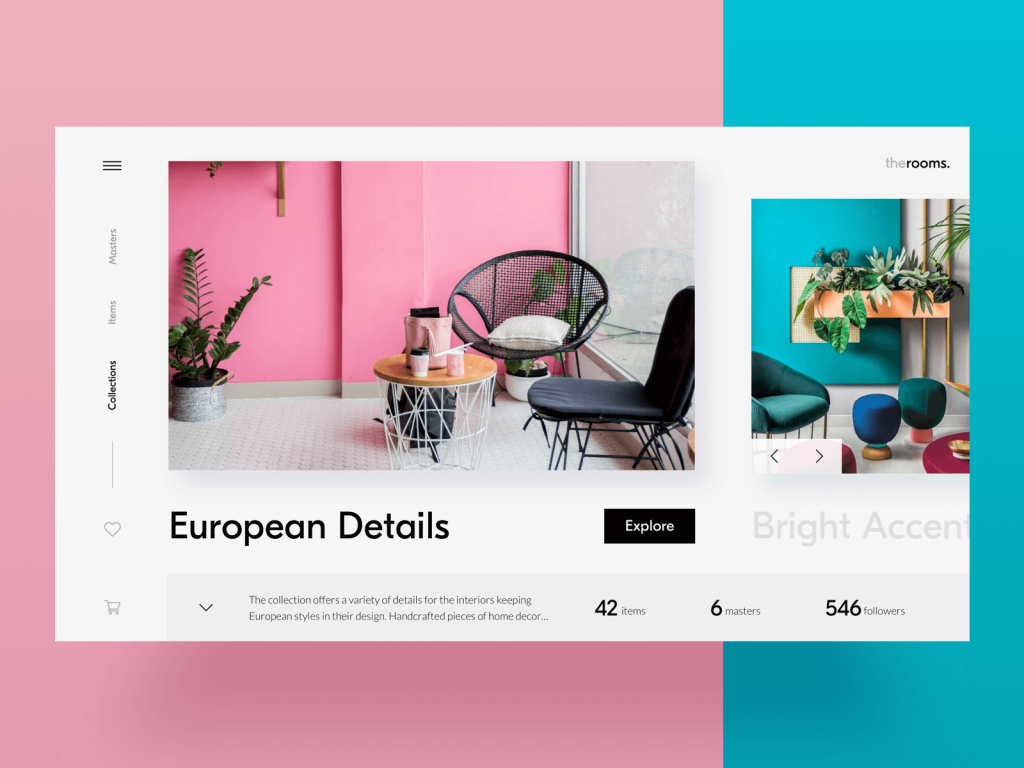
Image Source – Tubik
A good user experience allows site visitors to easily get the desired information which they want. UX is a collection of impressions ranging from the use of your product or service to an assessment of its effectiveness, utility and simplicity.
Ensuring a pleasant UX is important to build the credibility quotient of your digital product. No matter how beautiful your site is in terms of design, if users are unable to navigate it intuitively, they are unwilling to return and spend time trying to understand the algorithm of your site. Users are smart and they instantly judge your Brand’s quality based on the UX you offer them.
Why Invest in UX?
1. Increase Brand Awareness
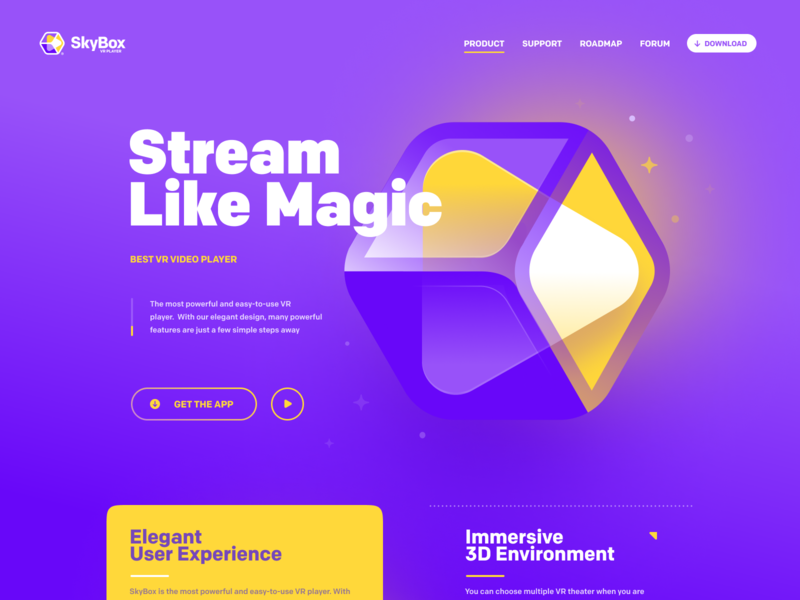
Image Source – Eddie Lobanovskiy
Your E-commerce website is your best marketing agent. The second best are your clients. Your clients will only advocate your product if their over-all experience was smooth and facilitative. This experience begins the very moment they land on your website. If they are happy with the experience of communicating with your service via your website, they are bound to keep using it and will prescribe it to their companions. Great UX means more conversion. Simple math.
2. Maximize Profits
One of the most ideal approaches to get customers to purchase your item is to make the procedure quite straightforward. UX design helps to accomplish this. Don’t beat around the bush – provide important details in a succinct manner and lead your visitor to desired action. Visitors will appreciate if you don’t waste their time. For online websites, a great UX would mean smooth browsing and a brisk requesting process, prompting more transactions in the future. This again translates into higher conversion rates.
3. Spare Money, Time and Resources
A decent UX reduces perpetual error correction and saves money and time on improving the site. In addition to this, if your product is ready to use, you needn’t bother with any client documentation or client manual, which saves you a lot of money.
4. Cost Cutting
Every new project carries a certain amount of risk. UX Design focuses on research, analysis, and testing, which can significantly reduce these risks. More and more companies are realizing that the avoidance of potential usability problems or issues should be in the design phase of the process. As design changes are much easier to do than the development changes — hence they are more cost-effective.
5. Increasing Conversions
Many websites have intricate designs that can look beautiful, but they drive away their potential customers as they struggle to find information that’s relevant to them. Humans in general are impatient beings, more so when online. With a large number of websites on the Internet, only a few stand out. They are easy to use and the user can find relevant information quickly and easily. Thus, a good UX can reduce the amount of work that users spend to gather information and convert quickly.

Image Source – Daniel
The following check-list can help you evaluate the quality of user experience that you offer the visitors.
• Interactive Design & User Interface
Online interactions are a sum-total of clicks, scrolls and various related actions performed by the user on the site. He will only do so if they are smooth flowing and not interruptive. In short, the links must take him where he wishes to go. These are building blocks of UX. Successful interaction equals positive experience. Therefore, Interaction design needs to be simple yet creative, so that the user stays interested as well as navigates intuitively.
The concepts of UX and UI are often confused. The UI is what the client sees and communicates with, and the UX is about the sensations while using a system. Good UI leads to good UX.
• Pleasant Visual Design
Visual Design is what leaves the crucial first impression on the visitor. The seeds of conversion are sown by creating a positive experience through your website’s visual design. The average visitor to your site probably will not notice all the parts of information architecture, but they just cannot ignore the visual component.
The visual design implies everything that you first find on a page, beginning from page structure, images, finishing with a textual style under outlines and void space. As per statistics, the early introduction is 95% dependent on the design of the website, and the decisions about trust in the site are 75% dependent on its general aesthetics.
• Typography
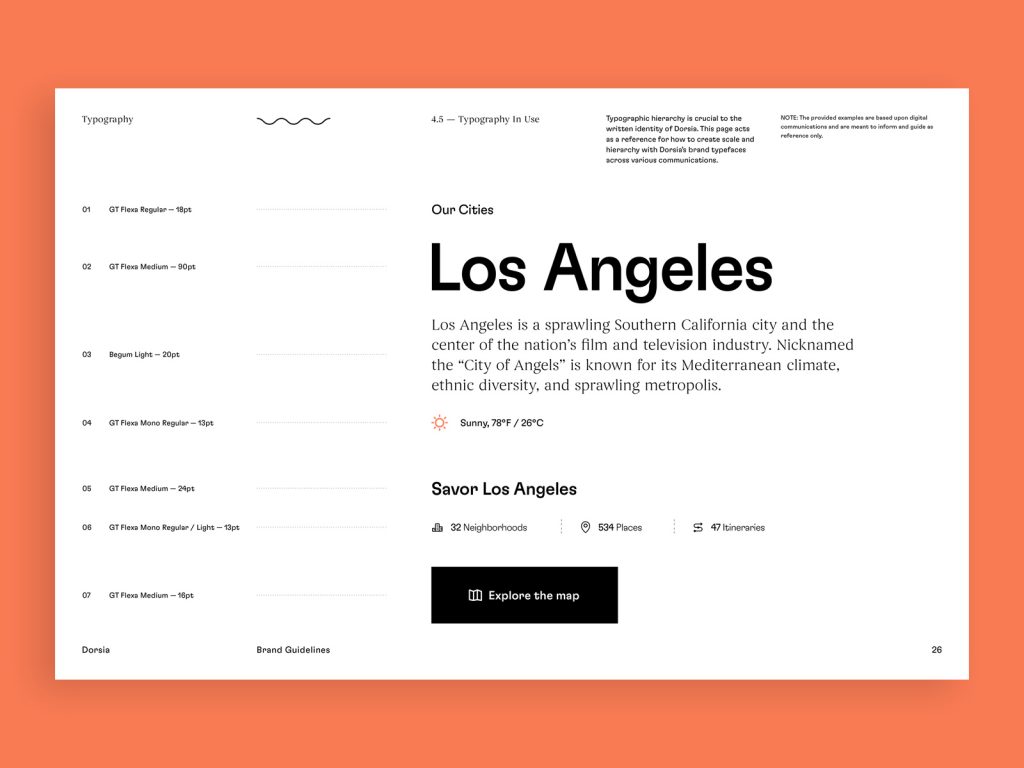
Image Source – Aaron Poe
Many website developers underestimate the role played by textual styles and display style of content in retaining the visitors. Simply put, text and content are non-verbal cues in the communication happening between you and your client on the website. If a user faces even the smallest difficulty in reading data on your website, this will substantially discourage him to proceed further and navigate the website. Using simple language and text styles helps the user to access and understand the information easily.
• Usability
It is the most basic requirement for ensuring a good user experience. If people cannot use your service or product, they will obviously not buy it. This is not limited to the online experience but also offline. Bad delivery systems are blamed upon the product’s company and ultimately malign your brand in the market. The main goal of usability is to provide simplicity and convenience to the user.
• Information Architecture
Information architecture is also an extremely important aspect of the UX. The process of making an information site structure should be simple from the user’s point of view. It helps them to understand what exactly to do in order to perform their job successfully. People need convenience and clarity, and the information architecture helps to organize your website to accomplish this goal.
• Content is King
Having content that is understandable and engaging on your site is essential. It is the most powerful way to deliver useful information to your users and build long-term relationships with them. Good content can even compensate for shortcomings in the user interface and design. Content is anything containing information about your products: instructions, blog articles, podcasts, videos or posts on social networks. It is a great tool to communicate effectively with your visitors. Quality of content is also a major tool to build your Brand quality quotient. Bad or insufficient content equals shady product or service. Content influences people’s opinion about your brand and their experience when dealing with it.
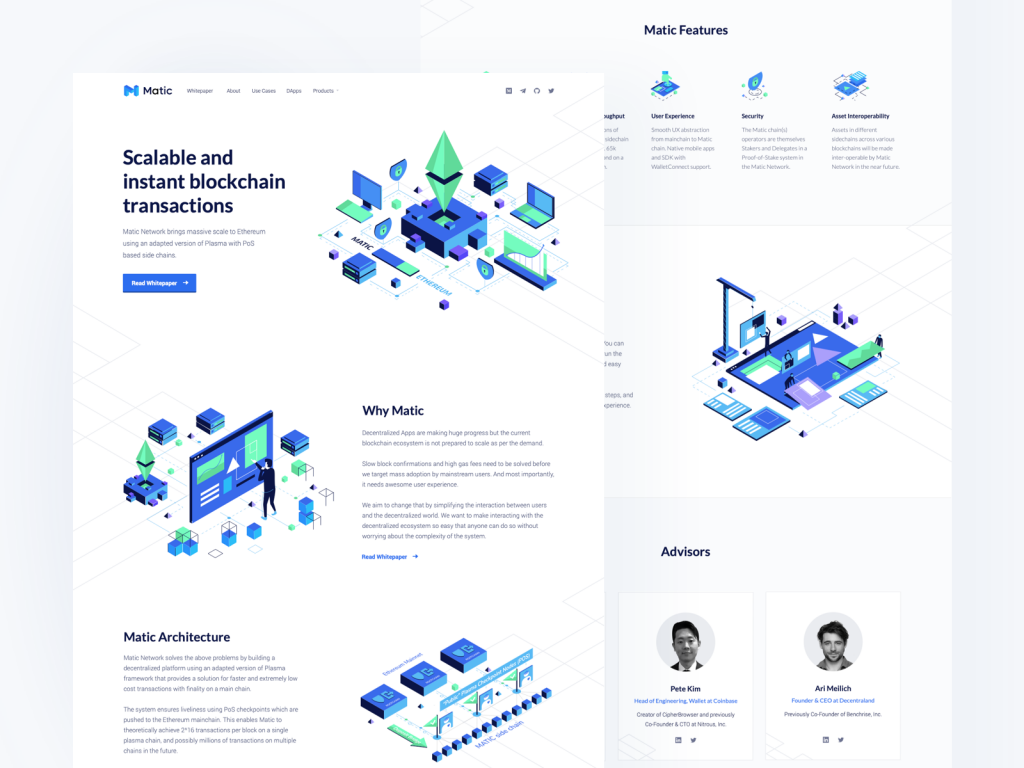
Image Source – Petras Nargela
• Functionality
Your product must invite initiation or performance of some desirable action on part of users. Simply put, everything should work and work well. If the product does not give customers a good result, they will quit the process and leave. According to statistics, 86% of online clients do not return to the site where they had a bad experience.
Conclusion
UX is not only about making the user happy but ultimately achieving business goals. Positive user experience helps generate conversions. Remember, a good UX can bring many benefits to your business, such as increased customer satisfaction and increased sales. Giving your users an engaging and satisfying experience is important so that they keep coming back.
Without applying UX principles to your digital assets, you risk losing customers due to the poor user experience. So, it is important to identify the intentions and needs of your users and to shape UX around them.
If you have any question or would like to create UI/UX that ensures high conversion rate, contact us anytime. We would be happy to help you achieve your Business goals!


